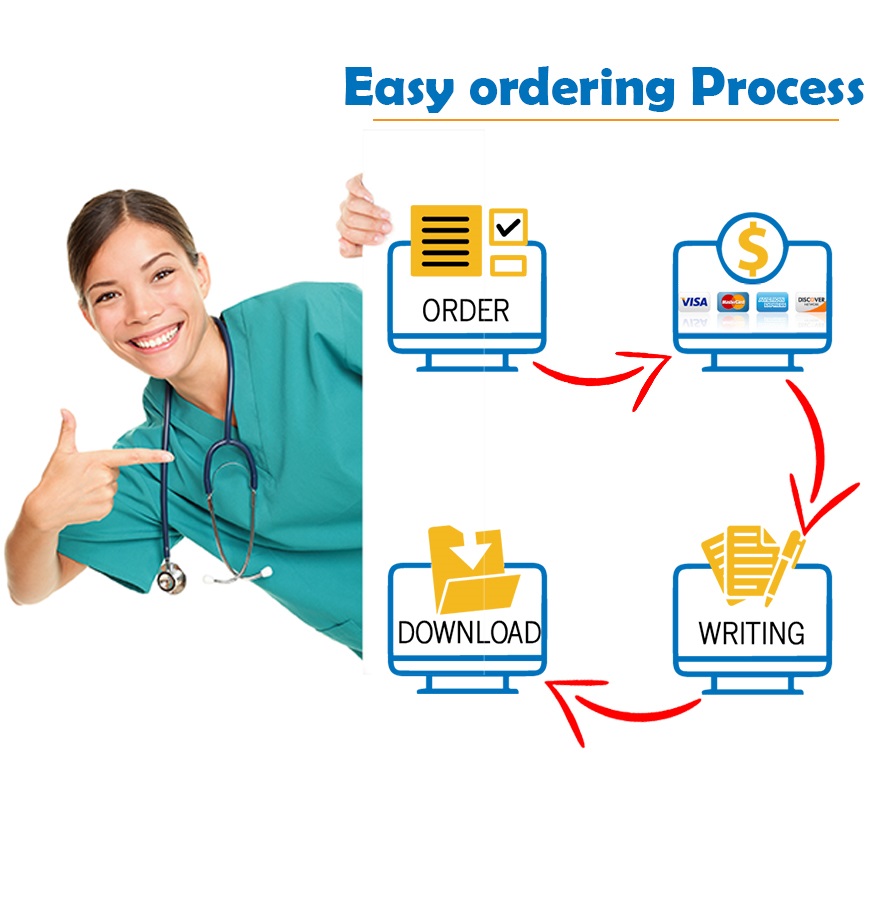The purpose of this project is to research,
analyze and apply tort law, product liability law, agency and contract law and
their associated potential risks and liabilities in business. The project
requires you to identify and analyze legal issues and to make recommendations.
You will also develop skills in critical
thinking to create an in-depth comprehensive analysis.
The project relates to the concepts covered in
weeks 1-7. You should refer to assigned
materials in earlier weeks of the course, including Instructor Notes in Week 3
and other weeks.
Outcomes Met by Completing this Assignment:
recommend appropriate actions in the business
environment based on an understanding of sources of law, legal process and
procedure, and available remedies
analyze contractual rights, obligations,
liabilities, and remedies in the business environment
analyze tort rights, obligations, liabilities,
and remedies in the business environment
Background:
Things are moving quickly for the GC owners. They are almost ready to open
operations. GC will be purchasing EPI
products exclusively for use in GC cleaning services and will be reselling some
EPI products to the public. The GC owners
have some final concerns about these sales contracts and about potential liabilities
that could arise from the use of EPI products.
Winnie and Ralph asked you to complete
research and prepare some instructional materials to present in a memorandum
for discussion among Winnie, Ralph, the GC owners, and you at a meeting. You decide to create hypothetical scenarios
for analysis and later discussion at the meeting.
Instructions:
Part I.
Use of EPI Products in GC Cleaning Services
Review the tort of product liability in week 3
Overview, Instructor Notes.
Review the scenario below and respond to the
items following.
Scenario:
GC contracted to clean the ABC Industries, Inc. (ABC) office building
using EPI cleaning products. GC assigned
several experienced GC employees to the job.
While cleaning the office windows with EPI’s Clear Light window cleaner,
the cleaner left a sticky film on several of the windows. The cleaner was used exactly according to
product directions. The sticky film could not be removed except by scraping
which left permanent scratches on the windows.
GC had used Clear Light many times before with no damage or problems.
ABC expects GC to pay to replace the windows
and sues GC to recover costs of replacing the windows. Note:
ABC sued only GC.
Analyze and discuss whether GC has any
potential liability under product liability law for damage to the windows as
described in the scenario:
Describe any possible product liability
claim(s) for which ABC could sue GC and why/how the claim(s) could apply to
GC.
2-3 paragraphs minimum
Analyze and describe whether GC is likely to
be found liable for the claim(s) identified in #1 above and why.
2-3 paragraphs minimum
Assume GC is found liable for the claim(s)
identified in #1 above. Does GC have any
recourse to sue EPI to recover the costs for paid to ABC to replace the windows
and why.
1-2 paragraphs minimum
Part II.
Agency
GC and EPI agreed that GC will purchase EPI
products exclusively for use in GC cleaning services. EPI and GC have drafted a standard sales
contract to represent their agreement.
The contract terms for the sale of EPI cleaning products include:
GC agrees to purchase all its cleaning product
needs for three (3) years exclusively from EPI;
The price for the purchased products will
remain the same for GC for the three (3) year period;
EPI grants permission to GC to resell any of
the EPI-purchased products directly to customers, including businesses, via the
GC website and its public retail store;
GC will purchase cleaning products monthly
that will be delivered via EPI trucks;
EPI and GC have agreed on the price, payment
terms, delivery dates and locations, etc. for delivery.
Scenario:
GC has a large supply of EPI products in its storage warehouse for use
in cleaning services and to resell to customers. GC sold two (2) cases of Stain-Away
carpet cleaning solution to Mark’s Carpet Cleaning, a sole proprietorship. At the time of purchase, Mark told GC he
will use Stain-Away to clean carpets for his clients and would like to purchase
more Stain-Away from GC in the future.
1. Analyze
and explain whether the sale of Stain-Away to Mark, and Mark’s use of the
product for his clients, creates an agency relationship with GC and why or why
not.
"Looking for a Similar Assignment? Order now and Get 10% Discount! Use Code "GET10" in your order"





